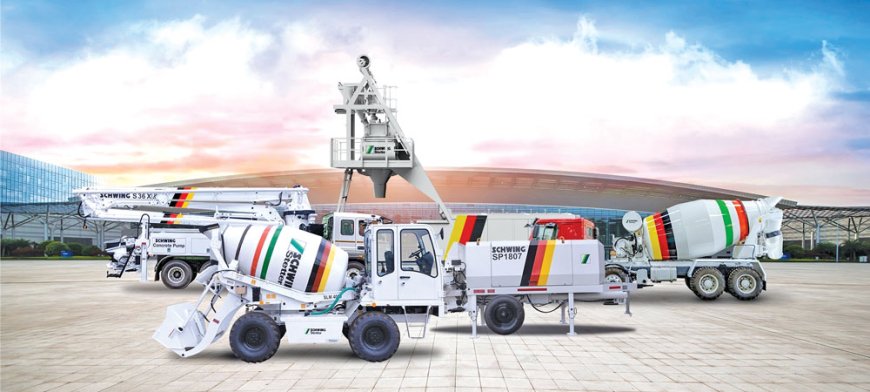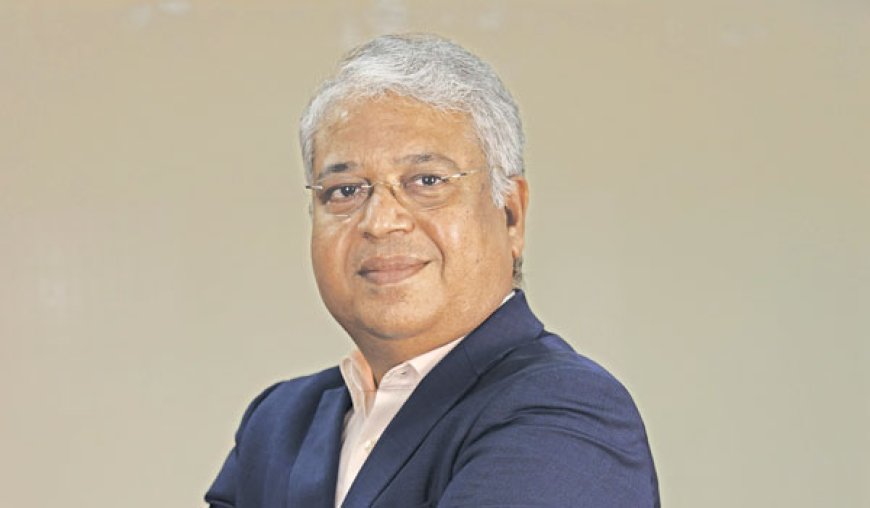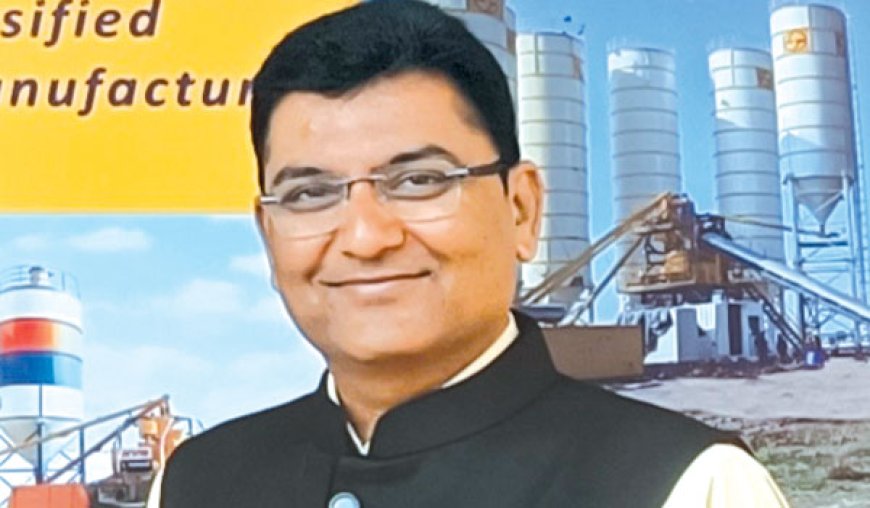Poised for a concrete future

The trend in concrete equipment is changing towards more advanced digitally empowered equipment for better productivity and efficiency. Construction Times presents the current market scenario of concrete equipment, technology innovations and the future market opportunities.
The broader market for construction equipment industry is heading towards a significant growth as the Indian construction sector is booming with more and more new projects coming up. Cement and concrete play a major role in construction with use of these materials growing in various projects. It’s also significant to know that more and more standards and specs are being introduced to produce different quality concrete needed for different types of projects. Based on these varied standards, the concrete plant and equipment are also evolving with the changing needs.
Growing market

The concrete equipment and machinery have a growing demand in the Indian construction industry with the growing projects in infrastructure and real estate sectors. “The concrete equipment market in India is experiencing robust growth, bolstered by promising year-on-year growth predictions and significant investment plans under the National Infrastructure Pipeline program. The government's sanctioning of multiple infrastructure projects, including metro rail, high-speed rail, and expressways, has created immense demand,” says V G Sakthikumar, Chairman & MD, SCHWING Stetter India.

The government’s plan to develop a robust infrastructure network is expected to boost infrastructure development in segments like roads, metros, railways, etc, and thus, drive volumes for the construction equipment industry. “This surge is especially notable in the concrete equipment segment, where products like concrete batching plants, transit mixers, and concrete pumps are in high demand due to ongoing projects,” highlights Shubhabrata Saha,
Product innovations
The concrete equipment industry has evolved over the years with a vast range of plants and equipment for various applications within the broader categories of concrete batching plants, transit mixers, concrete pumps, pavers etc. “Boom pumps are gaining significant traction in the RMC sector due to their efficiency and reduced manpower requirements. The increased demand for ready-mix concrete, combined with numerous government-awarded projects, is leading clients to opt for higher output batching plants, pumps, and mixers,” Sakthikumar highlights.
SCHWING Stetter India manufactures concrete trailer pumps, boom pumps, stationary pumps, self-loading mixers, shotcrete pumps, etc for both domestic and global markets. These products are of world-class standards, with continuous innovation and upgrades, according to Sakthikumar. “One of our key technological advancements is the integration of telematics into heavy-duty equipment such as excavators, boom pumps, and wheel loaders. Telematics enhances machine performance through geo-positioning, sensor-based status updates, and predictive maintenance. This technology ensures consistent productivity, improved equipment utilization, and adherence to project timelines, ultimately fostering a healthier work environment and extending machine lifespan,” he adds.
Ajax Engineering has recently introduced 3D concrete printer that can construct structures faster and efficient. Saha elaborates, “AJAX Engineering’s 3D concrete printer can construct 350 square meter home in just 3 days. This technology offers rapid, cost-effective, and environmentally sustainable alternatives to conventional methods. The AJAX 3D concrete printer excels in large-scale applications, supporting mass housing solutions to meet affordable housing goals. It can also create various structures, including villas, post offices, fire stations, wind turbine bases, and sculptures. The printer translates CAD designs into physical objects, reducing material wastage and increasing strength and durability.”

KYB Conmat is one of India’s leading manufacturers of concrete equipment. The company holds a top three position in most segments, including batching plants (20 cu.m.-240 cu.m. per hour with twin shaft mixing technology), road & canal paving machines, self-loading mixers, concrete pumps and transit mixers, according to Kalpesh Soni, Vice President, Marketing, KYB Conmat. He adds, “We recently launched three new models of self-loading mixers namely CSLM 2500, CSLM 4200L and CSLM 4300S. The CSLM 4200L and CSLM 2800 models have 74.5 HP BS-IV engine and are designed in such a manner that they don’t require AdBlue, have better operational and cost efficiency, and are sustainable in nature. The 2500 mixer model can be extremely useful in small and medium construction sites where there are constraints regarding space.”
The concrete equipment range of KYB Conmat is integrate with smart technologies and automation solutions including smart sensors and remote monitoring systems, IoT devices and sensors, advanced software and SCADA system, etc. “Our self-loading concrete mixers are IoT enabled, BS-IV and ARAI compliant, and offer better fuel efficiency, high productivity, better mix quality, and faster loading and discharge due to an advance blade design and electronic batching system with printer, produce more concrete per batch by optimized drum capacity, which reduces the overall cost per cubic meter of concrete,” Soni adds.
Concrete future
Apart from the growing real estate construction, the rapid rate of roads, metros, ports, and airport construction projects has significantly contributed to the growing demand for concrete equipment. “We anticipate the demand for concrete equipment to continue its upward trajectory in the coming years, driven by the ongoing infrastructure boom and government initiatives. The National Infrastructure Pipeline program and the sanctioning of numerous large-scale projects are expected to sustain high demand levels. As urbanization progresses and connectivity improves, we foresee a continued preference for high-capacity and technologically advanced equipment,” Sakthikumar says with confidence.
Saha foresees a sustainable future for the concrete equipment market as he says, “Any development we see in this sector in the coming years must be in alignment with India’s net zero goals, ensuring that advancements contribute to reducing carbon emissions, promoting eco-friendly practices, and incorporating renewable energy sources. To that end, we will witness an increased shift towards electric machinery, sustainable sourcing of biomaterials, usage of renewable sources of energy, and the implementation of circular economy principles to minimize waste and maximize resource efficiency.”
With the construction activities continue to grow in the coming years to achieve the goals of infrastructure development, the role of concrete equipment will continue to be significant in the years ahead.







